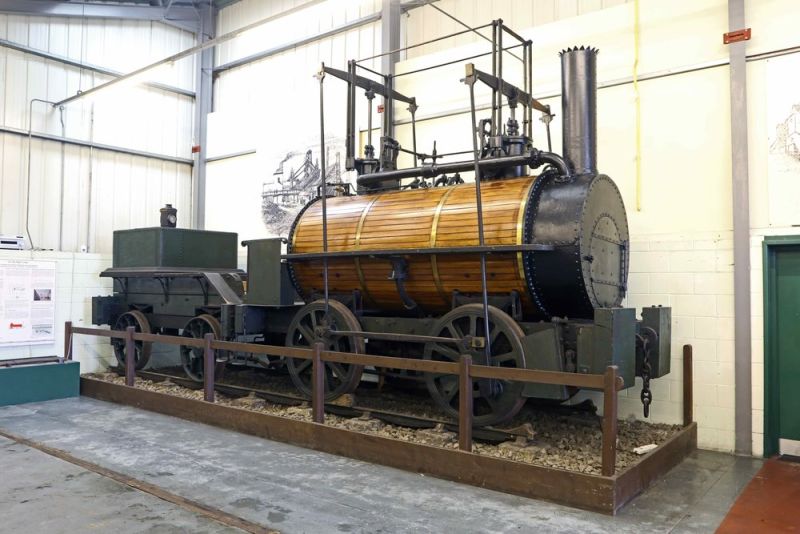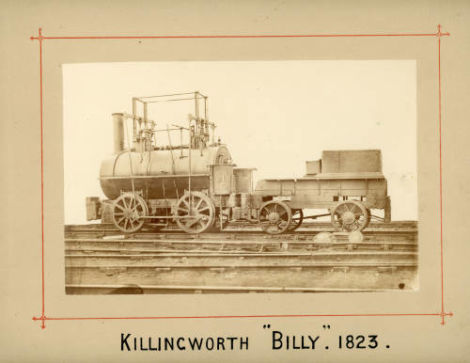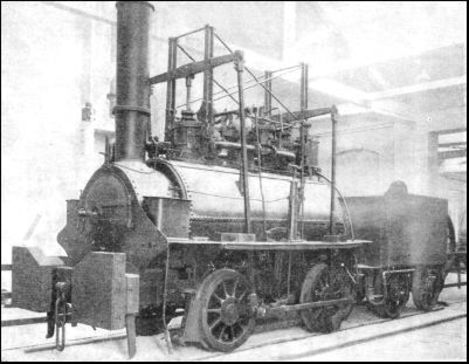
This locomotive, known as the Killingworth Billy, was long thought to have been built in 1826 by George Stephenson (of Locomotion and Rocket fame). It was extensively modified and updated throughout the 1800s, before being finally retired in 1881. All of this tinkering and rebuilding made it pretty much impossible to know when it was actually built, or even what engine it really was when new.
Long story short, in 2018 the locomotive was inspected closely to find what if any original bits remain, and to see if those could be matched to anything recorded by Stephenson. Evidence suggest the locomotive was actually built in 1816 - making it the oldest Stephenson locomotive in existence (Locomotion was built in 1825) and the third oldest locomotive in the world (behind the Puffing Billy and Wylam Dilly engines of 1813 and ‘14). However, the survey of the locomotive revealed that it is unlikely any part of the machine as it exists today was actually built in 1816, it was the dimensions of the parts which uniquely match those on record of one built in 1816 that suggest the build date of the engine.
This is not too unusual of a situation for really old locomotives which, because the state of technology was advancing so quickly in the 1820s and 1830s, were either scrapped shortly after being made, or modified continuously with new parts.

The locomotive wasn’t even conserved properly after retirement, with changes being made as it was “restored” for display.
The same team that surveyed this engine are now working on an even stranger engine, with an even murkier past. The “Hetton Lyon” locomotive.

Once presented as the world’s oldest working locomotive, it was long believed to have been built around 1822 and then successively rebuilt like the Killingworth engine. However it was later discovered that the engine was built entirely new c. 1850. Why would any 1820's style engine be built in the 1850s? Simply because the old 20's locomotive it was built to replace seemed to work well enough, and as it was being built in the colliery’s own shops just copying the old design was probably easier than having engineers design something completely new. Beyond that little is known about it or the engine it was built to replace.